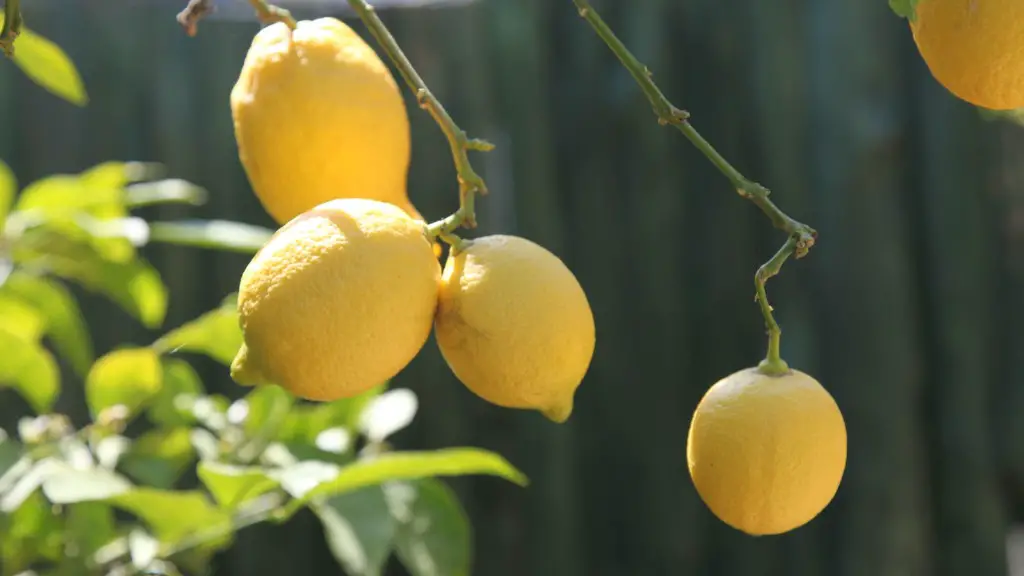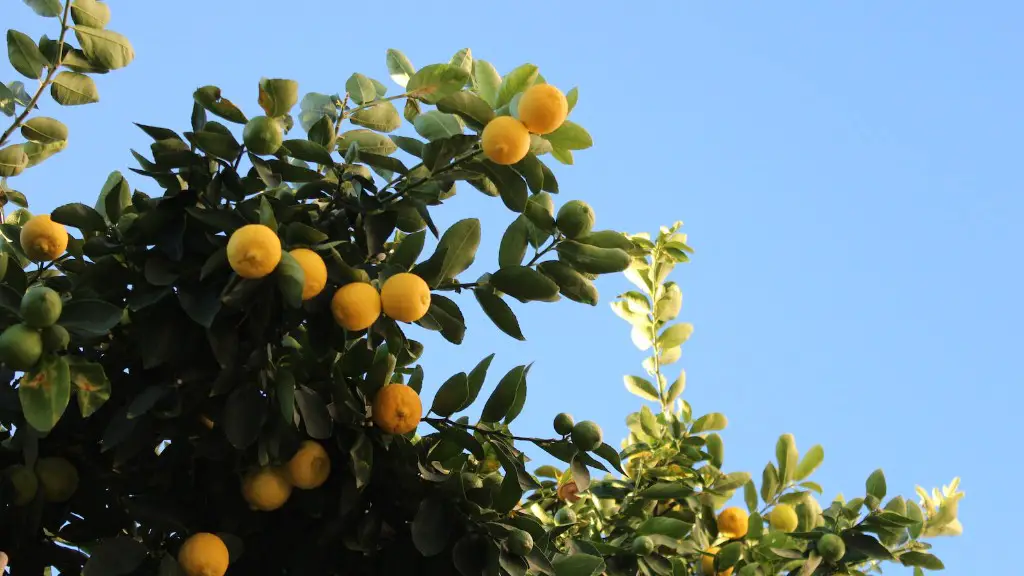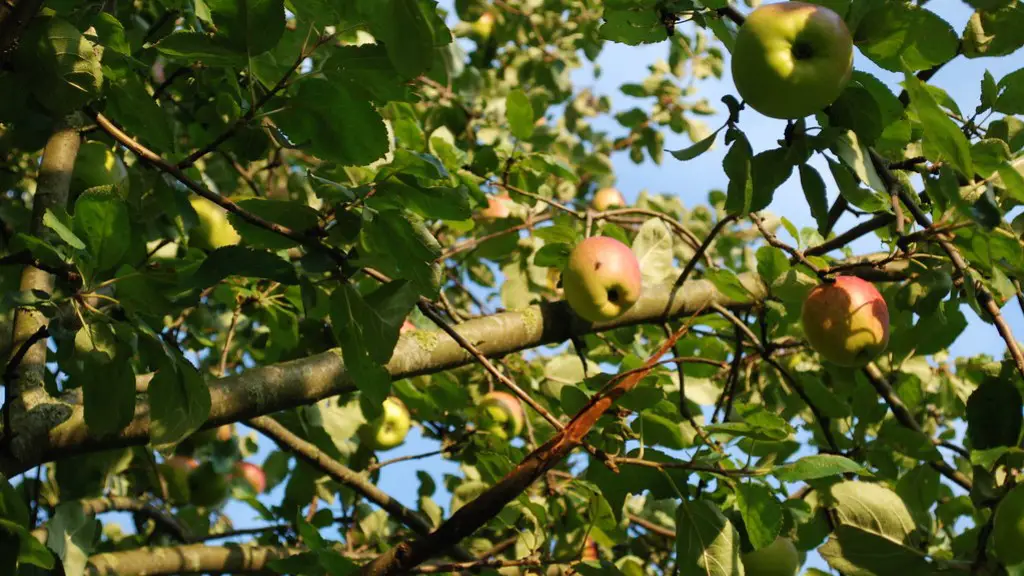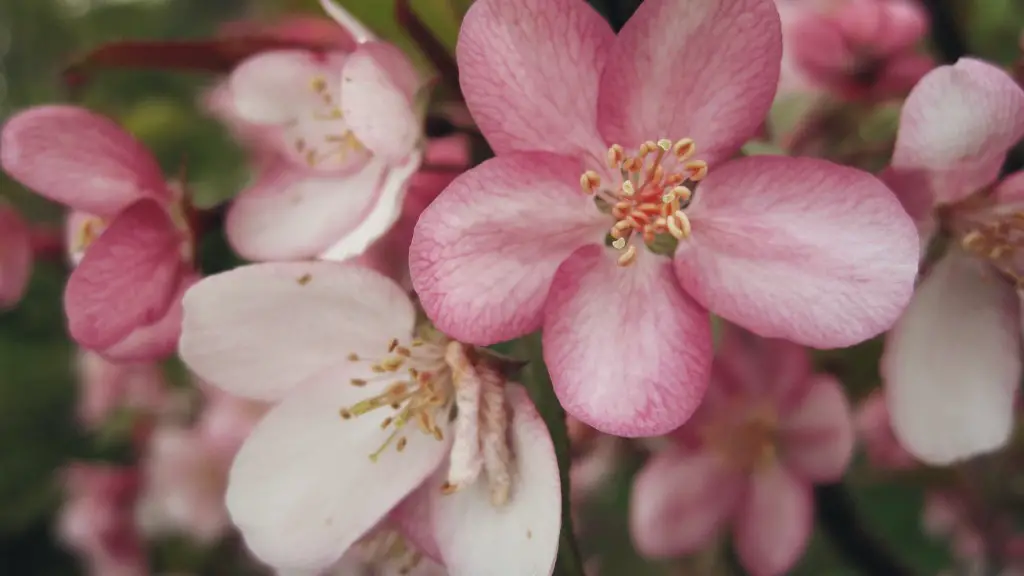Any citrus grower loves lemon trees. They produce the most delightful, zesty and aromatic fruit. But, with a few simple steps, you can go beyond just having healthy and lush foliage: you can get your tree to bloom and produce even more delicious fruit. Let’s go over what it takes to get your lemon tree blooming.
First off, before you can get your tree blooming, it needs to have the right environmental conditions. Lemon trees thrive in warm, sunny days and cool nights. The optimal temperature should be between 65 and 78 degrees Fahrenheit. Being sure you keep your tree in a warm environment is your first step.
Secondly, your tree needs to be properly irrigated. Constantly moist soil will keep your tree healthy and more productive. But be careful not to over-water, overly wet soil can lead to root rot, and can eventually kill the tree. If you keep your soil consistently moist then you are on your way.
Third, you need to fertilize your tree. Fertilizer helps provide the necessary nutrition to your tree that can not be found in the soil alone. A balanced fertilizer applied two to three times a year (generally in late winter, early spring, and mid-summer) can help to promote healthy growth and and ultimately a higher output of fruit. Be sure to follow the manufacturer’s instructions for best results.
Fourth, you should prune your lemon tree. Pruning helps keep your lemon tree healthy by removing dead, diseased or infested branches. It also helps to promote flowering by limiting the amount of foliage on the tree. The optimal time for pruning is winter, when the tree is dormant and in production. After pruning be sure to use a fungicide to prevent fungal issues.
Lastly, you should place your lemon tree in an optimum location in your garden. The ideal spot is a sunny area with well draining soil. Avoid too much wind and don’t site your tree on concrete, as the roots need to access oxygen in the soil. Following these steps should get you an optimum location for best results.
Caring for Your Tree’s Health
One of the most important parts of making your lemon tree blossom is keeping it healthy. This means checking for pests and diseases regularly and treating them as soon as you notice them. Some common pests to watch out for include aphids, mites and scale. Be sure to remove any decaying leaves and fruit to prevent fungal problems.
You can also use a horticultural oil to kill off any overwintering pests and to prevent them from recurring. Neem oil or insecticidal soaps can be used for this purpose. Be sure to water your tree regularly and cover it during the winter to protect it from the cold.
A regular routine of pruning and pest control is essential to maintain the health of your tree and encourage its blooming. Healthy plants are more likely to produce abundant harvests, so be sure to keep an eye on your tree’s health.
Favorable Growing Conditions
In order for lemon trees to bloom and fruit, they need favorable growing conditions. They should be in an area with plenty of sun and well-draining soil. The soil should also be high in nitrogen, phosphorous, and potassium. Compost, manure, and fertilizer can be used to boost nutrient levels.
Lemon trees also need good air circulation. They should not be crowded or shaded by other plants, as this will limit their exposure to sunlight. In order to get the most out of your lemon tree, you should choose a sunny, sheltered spot.
The amount of water your tree needs also varies throughout the year. In the summer, lemon trees prefer moist soil, while in winter, they should be watered sparingly. If you have difficultly remembering to water your tree, try using a self-watering system, like a soil moisture sensor or a drip irrigation system.
Finally, a cool winter climate is best for lemon trees, as it helps promote flowering. If you live in a warm area, cover your tree during the winter months, to keep the temperature around its roots below 50°F. A light sheet or net draped over your tree will trap some of the warmth from the sun, while keeping the temperatures down.
Proper Fertilization
Proper fertilization is essential for lemon trees to bloom. Fertilizer should be applied throughout the growing season—generally in late winter and early spring, and mid-summer, then again near the end of the season. Look for a fertilizer formulated specifically for citrus trees, as their needs differ from other fruit trees.
Lemon trees require a higher nitrogen content than other citrus trees, such as oranges and grapefruits. Aim for a fertilizer with a 1:1:1 ratio of nitrogen, phosphorous, and potassium. Natural fertilizers are also a great option and can be made with materials like alfalfa meal, bone meal and sheep manure.
Applying fertilizer to your lemon tree properly is also important for encouraging blooming and fruiting. The best way to do this is by evenly spreading the fertilizer around the base of the tree. Be sure not to apply it directly to the roots, and thoroughly water it afterwards to prevent burning the roots. If you’re using a liquid fertilizer, dilute it with water and apply it using a spray bottle.
Mulching
Mulching is another way to help your tree maintain adequate moisture levels, prevent weed growth, and reduce soil temperatures. It also helps to retain nutrients, which will ultimately benefit your tree. There are several types of material you can use as mulch, including wood chips, straw, shredded bark and cedar mulch.
The ideal depth for applying mulch is two to four inches. Avoid creating a ‘volcano’ effect by heaping the mulch around the tree’s base, as this can keep moisture near the trunk, which can cause rot. Rather, spread the mulch evenly around the base of the tree, and avoid applying it directly against the trunk.
Mulching should be done at least once in the growing season, with a light layer of mulch added every year, to keep the soil at the right temperature and encourage healthy growth. After mulching be sure to water your tree to avoid stressing the plants roots.
Correct Pruning Method
Pruning your lemon tree is also essential for encouraging blooming and fruit production. Overgrown lemon trees can become dense and lose their structure, so pruning is important to maintain a balanced shape and prevent disease. Pruning should be done when the tree is dormant, generally from November to February.
Before pruning, you should disinfect your pruning shears with 70% isopropyl alcohol or a similar antibacterial spray. This will help to prevent the spread of diseases. When pruning, make sure to remove any dead, diseased, or infested branches, as well as old fruit and leaves.
Proper pruning will help you maintain a balanced shape, reduce disease, and promote flowering. It can also increase light penetration, which will help the tree to produce higher quality fruit. Be sure to prune any vertical branches, as this will encourage lateral growth and improve the structure of the tree.
Lastly, don’t remove too much in one go. Pruning too deeply can weaken the tree and reduce its ability to flower and fruit. Once you’re done pruning, be sure to apply a fungicide or anti-disease spray to protect the newly cut branches and leaves.




